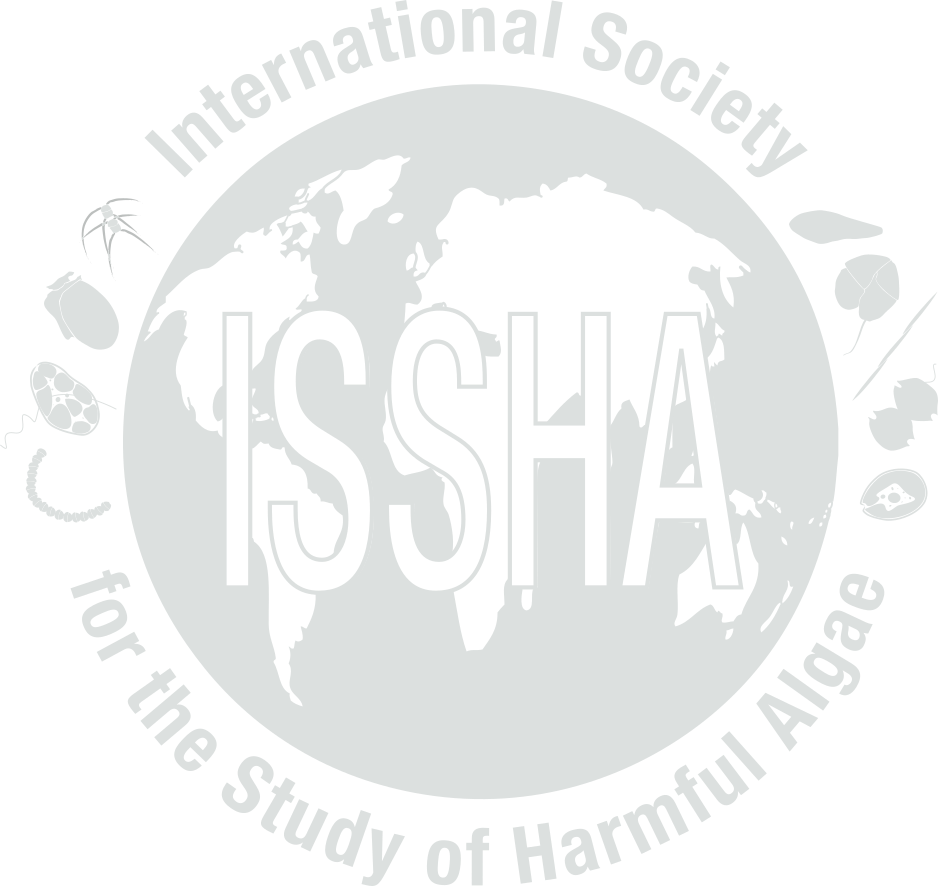


| Event name: | SE-88-001 | |
| Country: | SWEDEN | |
|
Nature of the harmful event: |
High Phyto concentration , Mass mortalities | |
|
Event directly affected: |
Planktonic life , Natural Fish , Aquaculture Fish , Shellfish , Seaweed | |
| Toxicity detected: | No | |
| Associated syndrome: | OTHER | |
| Unexplained toxicity: | ||
| Species implicated in toxin transmission (transvector): | ||
| Report the outcome of a monitoring programme: | No | |
| Event occurred before in this location: | Yes (Probably normal component of the flora, but not reported as a bloom forming species) | |
| Individuals to contact: | EDLER, Lars , LINDAHL, Odd , SUNDSTRÍM, Bo | |
| Location: | Latitude: , Longitude: | |
| General location information: |
The Kattegat, the Skagerrak, the Íresund, HAB Area code(s): SE-07 SE-08 |
|
| Additional location information: | ||
| Bloom event dates (yyyy/mm/dd): | ||
| Quarantine levels dates (yyyy/mm/dd): | ||
| Additional date-related information: | May to mid June | |
| Causative organism known: | Yes | |
| Causative Species/Genus: |
Chrysochromulina polylepis
(80 million cells/L)
Common concentraition c. 10 million cells/L |
|
| Co-Ocurring Species/Genus: | ||
| Chlorophyll concentration, if known: | µg/l | |
| Additional bloom information: | ||
| Event-related bibliography: | ||
|
||||||||||||||||||||||||||
| Nutrient information: | ||||||||||||||||||||||||||
| Temperature Range During Event: | Max: 15 °C, Min: 10 °C | |||||||||||||||||||||||||
| Salinity Range During Event: | Max: 30, Min: 8 | |||||||||||||||||||||||||
| Bloom location in the water column: | ||||||||||||||||||||||||||
| Growth: | ||||||||||||||||||||||||||
| Growth Comments | ||||||||||||||||||||||||||
| Additional Environmental information: | ||||||||||||||||||||||||||
|
|||||||
| Kit used: | Type of kit used: | ||||||
| Additional information: | |||||||
| Economic losses: | |||||||
| Management decision: | Transportation of fish cages into fjords, or river mouths in order to reach low saline water, where the causative organisms obviously did not have a toxic effect. Considerable monitoring in orther to know the distribution of the organisms. | ||||||
| Additional harmful effect information: | Severe damage to marine life, including fish, mollusca, macro algae and probably zooplankton | ||||||
